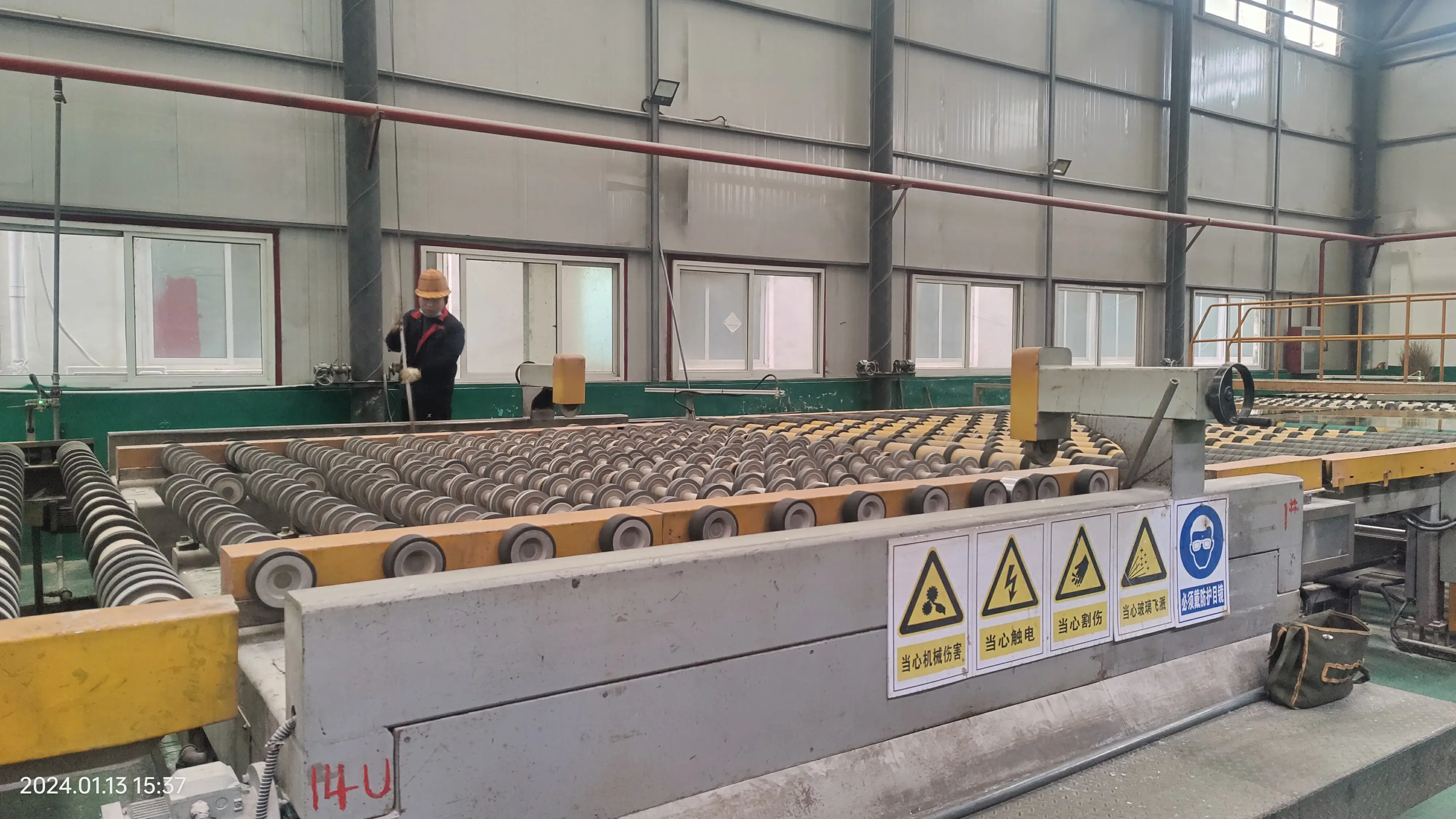

Types of Low-E Glass An Overview
Low-emissivity (Low-E) glass is an innovative glazing technology that enhances the energy efficiency of buildings by minimizing heat transfer. This glass type is coated with a thin layer of metallic oxides, which helps to regulate the amount of solar radiation and heat passing through the glass. Today, Low-E glass comes in various types, each designed to meet specific energy performance requirements and aesthetic preferences.
Soft-coat Low-E glass is produced in controlled environments, resulting in a smoother and more uniform coating. This type of Low-E glass has exceptional thermal performance, reflecting heat back into the space during winter and keeping unwanted solar heat out in summer. It is particularly effective in colder climates where heating is a primary concern. Soft-coat Low-E glass can also provide clear views and high light transmission, making it an attractive option for residential and commercial applications. However, it is more susceptible to damage and should typically be used in insulated glazing units (IGUs) for added protection.
2. Hard-Coat Low-E Glass

In contrast to soft-coat glass, hard-coat Low-E glass is applied during the manufacturing process while the glass is still in a molten state. This results in a more durable coating that is resistant to scratching and environmental factors. Hard-coat Low-E glass is ideal for exterior applications such as windows and façades because it can withstand weathering. Although it has a slightly lower performance in terms of heat reflection compared to soft-coat glass, it still provides significant energy savings. Its thicker coating can also impart a slightly tinted appearance, which may appeal to certain design aesthetics.
3. Dual-Action Low-E Glass
Dual-action Low-E glass combines the benefits of both soft-coat and hard-coat technologies. This type of glass features a soft-coat layer on the interior surface and a hard-coat layer on the exterior. The dual-layer design maximizes thermal performance while offering protection against environmental damage. It is particularly suitable for regions experiencing fluctuating climates, as it effectively balances heat loss and solar gain. Dual-action Low-E glass is becoming increasingly popular in high-performance building designs that prioritize energy efficiency without compromising on style.
Conclusion
Low-E glass represents a pivotal advancement in energy efficiency for residential and commercial buildings. With various types available, including soft-coat, hard-coat, and dual-action, consumers can select the most appropriate glass based on their geographical location, climate considerations, and aesthetic preferences. Incorporating Low-E glass can significantly reduce energy costs and enhance indoor comfort, making it a worthwhile investment for sustainable construction. As the demand for energy-efficient solutions grows, understanding the types of Low-E glass will empower homeowners and builders to make informed decisions for a greener future.